
|
Nature is uncontrollable. Seasons change, birds migrate and rains come and go. These photographs from National Geographic's series entitled "Explore Our Changing World" capture nature's extreme, yet stunning essence. |
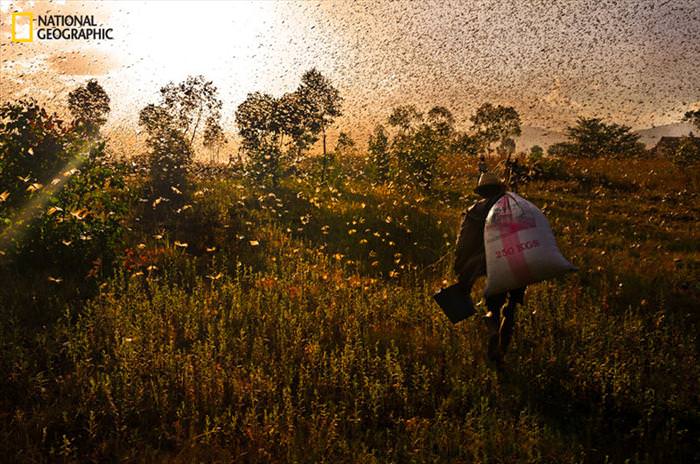 |
| In Madagascar every year, the farmer must battle the yearly migration of the locusts for his land. This year alone, Madagascar experienced a record-breaking locust infestation that at some poiuts covered nearly 50 percent of the country. In this picture, the farmer carries a huge sack of locusts on his back. By: Michelle Martinelli/ NG |
|
|
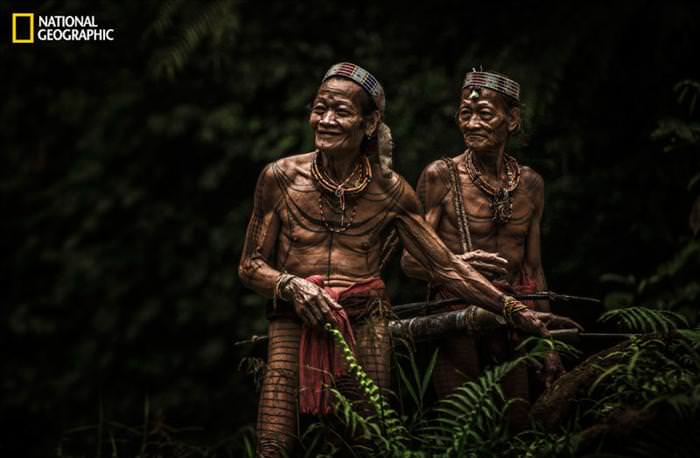 |
| The Mentawai people are natives of the Mentawai Islands in Indonesia. They lead semi-nomadic hunter-gatherer lifestyles in their rain forest and coastal homeland, the men hunting wild pigs, deer and primates for food and the women gathering wild food. This picture of two Mentawai hunters epitomizes the seasonal nature of their living styles, based entirely on what nature has to offer at that moment. By: Mohd Ismail/ NG |
|
|
 |
| The Eastern Screech Owl is common to North America and Canada that is known for its stocky body, yet colorful plumage. The owl pictured is a gray morph of the Eastern Screech Owl, reknowned for its camouflaging abilities. By: Grahman McGeorge/ NG |
|
|
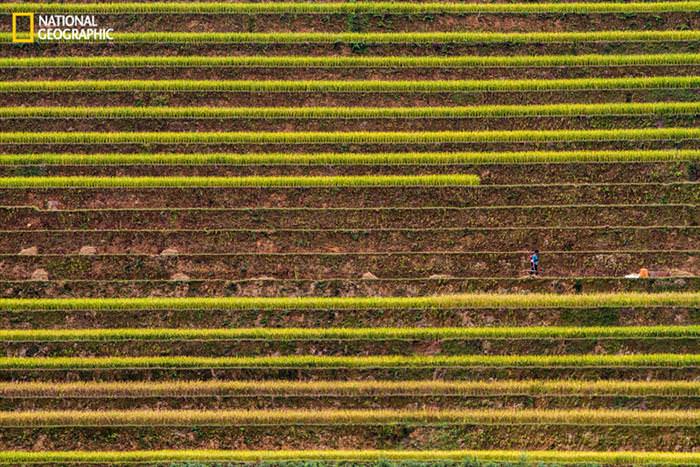 |
| The Hmong Rice Terraces of Northern Vietnam are harvested every fall by the Hmong ethnic minority. The Hmong people originally hail from China, Vietnam, Laos and Thailand, and are known for their independence and their rich culture, art and religion. By: Hoang Giang Hai/ NG |
|
|
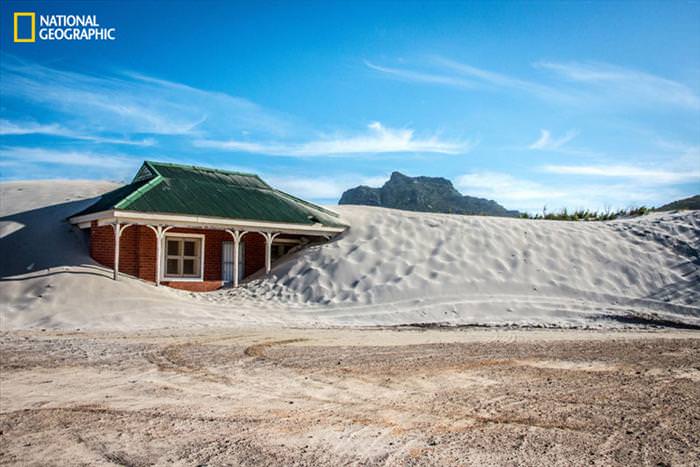 |
| A home swallowed by sand in Cape Town, South Africa. By: Lauren Pretorius/ NG |
|
|
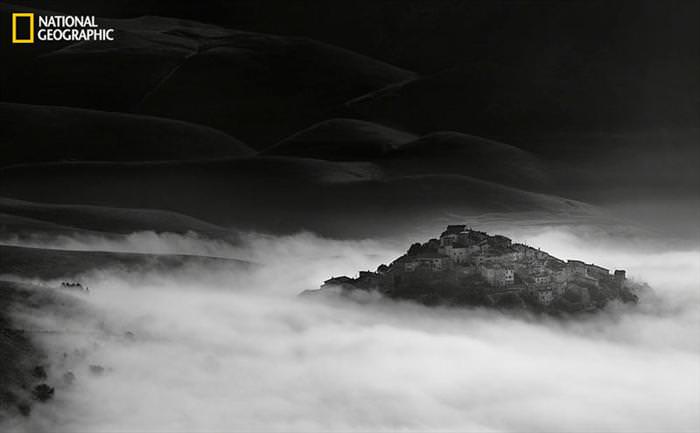 |
| At the foot of Mount Carrier lie the Plains of Castellucio on the border between Italy and Slovenia. This beautiful misty plateau was once the bottom of the anicent Apennine lake and is known for its karst, or limestone, laden landscape. By: Mauro Maione/ NG |
|
|
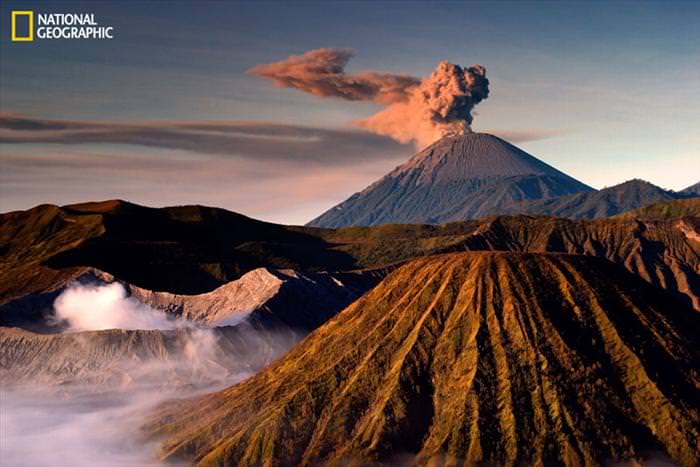 |
| Indonesia is a country laden with volcanoes, and here Mount Semeru in East Java is on display. Mt Semeru was named after the 'world-moutain' famous in Hindu and Buddhist cosmology and since 1818 has experienced at least 55 recorded eruptions. The photographer caught the volcano just as it was erupting ash to the rising sun. By: Dennis Walton/ NG |
|
|
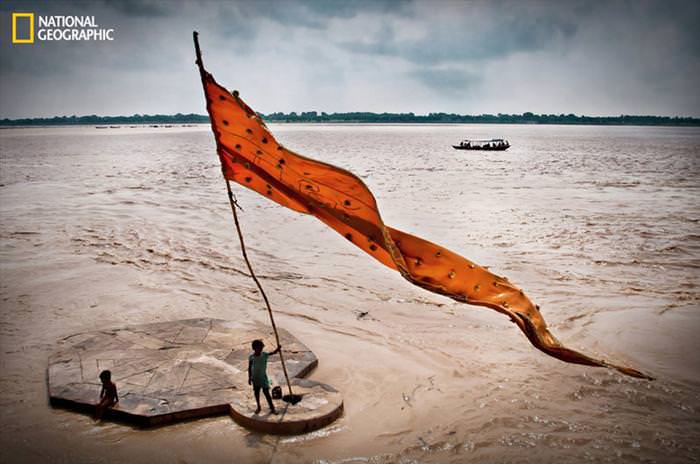 |
| As kids play on the Ganges in Varanasi, India, the powerful river current pushes by below. The Ganges is recognized as the second largest river in the world, but it is also the most polluted and over populated river basin. By: Joy Archary/ NG |
|
|
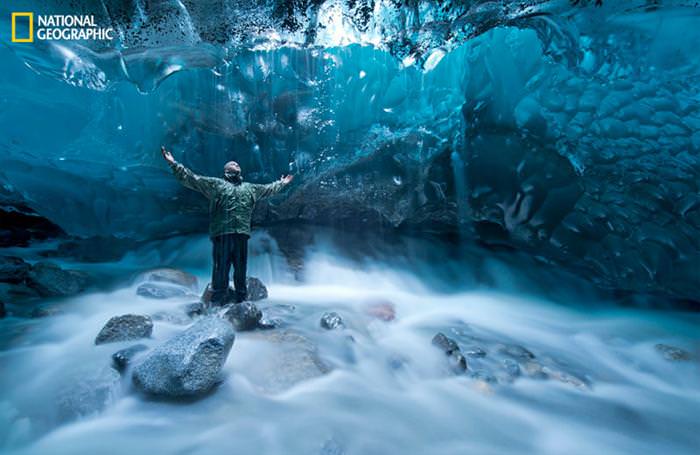 |
| A self-portrait of the photographer under a melting glacier in Alaska. Since the end of the Little Ice Age in 1850, global warming as a result of greenhouse gas emission has slowly started to melt off the world's glaciers, with the greatest losses in the Himalayas, Alps, Rockies, as well as a number of other major mountain ranges. By: Jonathan Tucker/ NG |
|
|
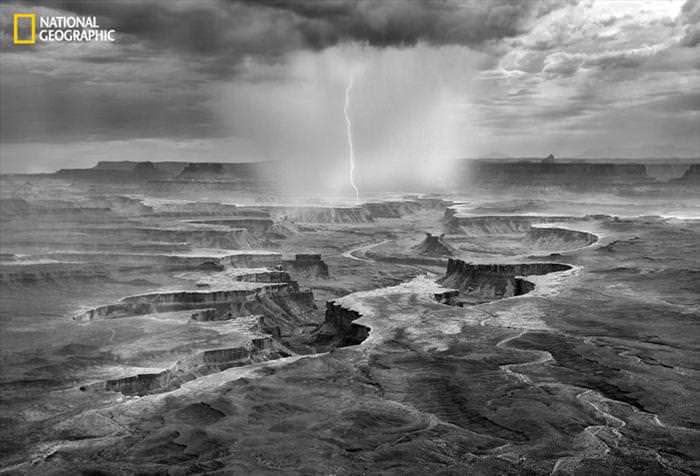 |
| As monsoon seasons rages in Canyonlands National Park, Utah, the photographer captures a stunning moment of nature's indelible grace. As the sun peaks out the clouds, rain begins to pour down on the canyons as a powerful bolt of lightening emerges from the dark grey sky. By: Klaus Priebe/ NG |
|
|
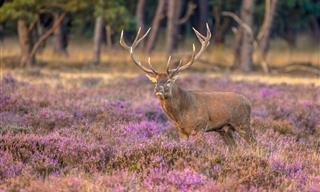
7 Gorgeous Dutch Parks We Recommend You Visit!
we have compiled a list of the top 7 national parks in Holland that should not be missed!
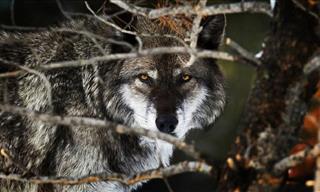
Who Knew Yellowstone Had So Many Gorgeous Animals?
Yellowstone National Park is a wonderful place that has a large number of wild animals.

13 Mind-Blowing Wildlife Photographs from 2024
These are 13 rare, beautiful, stunning, and terrifying moments that will show you the hidden and true faces of nature...
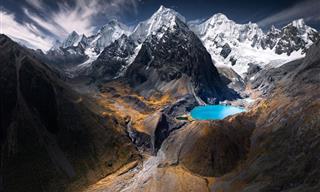
14 Incredible Sights from the Mighty Andes
We have curated a stunning collection of photos that showcase one of the most remote and awe-inspiring places on Earth.

Ever Hear of THESE Mixed Dog Breeds? 50 Beautiful Pairings
This post will show you no less than 50 of the most adorable mixes of dogs you may have never encountered before.

New From Nature: 11 New Animal Species Discovered in 2022
Today, we will acquaint you with 2022's 11 newly discovered species of animals and delve into the reasoning behind their distinctive names.

The Best Netflix Movies to Enjoy in 2025
ere are the ten standout movies we'd like to recommend. Films that have captured both critical acclaim and audience attention this year.

A 'Brain Fog' Epidemic? Study Shows a Worrying Trend
Analysis of over 4.5 million U.S. survey responses spanning a decade (2013–2023) shows a rise from 5.3% to 7.4% in reported cognitive disability nationwide, with an exceptional surge in the 18–39 age group and a clear influence of income and educatio
 4:54
4:54
Pigeons Have Played a Massive Role in World History
Pigeons are one of the most common birds in the world, but they're utterly underrated. In fact, they have played a huge role in world history. Find out more...
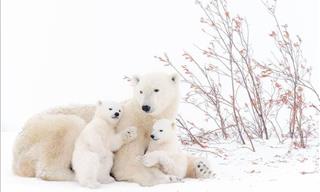
The Most Astonishing Wildlife Photos of the Decade
These are some of our favorite shots of animals in the wild, ever. Enjoy this stunning collection of professional wildlife photography

13 Mind-Blowing Wildlife Photographs from 2024
These are 13 rare, beautiful, stunning, and terrifying moments that will show you the hidden and true faces of nature...
 5:51
5:51
Tornadoes are Awfully Common in the US, But Why?
Why are there an average of 1.200 tornadoes in the US per year and why are the majority of these tornadoes centered in one region?

The Fascinating Origins of 11 Lovely Flower Names
There is no better time than spring to dive headfirst into the fascinating world of flower name etymologies! Here are the origins of the names of 11 lovely flowers.

Beware of These 15 Animals, They’re the DEADLIEST on Earth
Of all the animals you can meet on our blue planet, these 15 are among the most dangerous and potentially deadly ones...
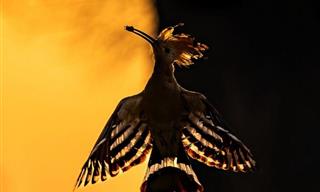
2024 Bird Photography Awards: The Most Stunning Photos
If you're also enchanted by the colorful, surprising, and amazing world of the world’s birds, we have no doubt you'll enjoy the following 15 photos from the 2024 bird photography awards.
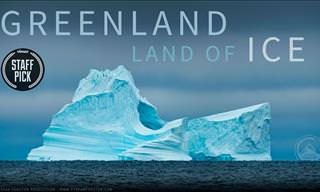 9:25
9:25
You’ll Be Taken Aback by the Power of Nature in this Video
The immense landscapes of Greenland look as if they are from another planet. You will be mesmerized by how alien and yet beautiful this island is.

When it Comes to Beauty, These Fish Are Top of the Class
Here you will find 10 of most beautiful freshwater fish in the world. These fish will more than brighten up your freshwater aquarium.
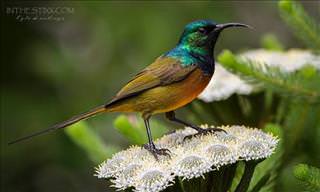
The Most Stunning Bird Photography of Recent Years...
These gorgeous and exotic birds are the object of some of the most stunning photography of recent years.
 8:27
8:27
Huskies vs. Cats: Who Will Solve the Maze First?
This pet owner cleared out all the furniture to build a cardboard maze for their dogs and cats. The maze had tall walls and twisted corridors, ready for exploration.
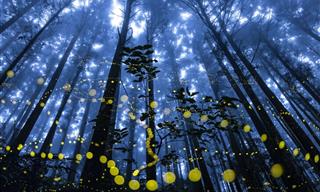
The Landscape Photos Everyone's Talking About This Year
Check out the incredible winning images from the 2024 International Landscape Photographer of the Year.
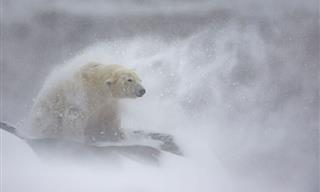
Inspiring Wildlife Photos From Europe’s Top Photographers
Check out the amazing winners of the European Wildlife Photographer of the Year 2024.
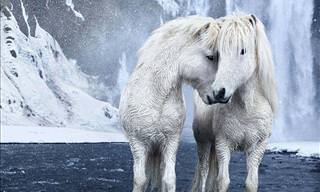
These Are the Best Photos of Horses That You'll Ever See!
Iceland is a place that is full of beauty...even the horses are absolutely majestic. Take a look!
 3:50
3:50
These Birds Haven't Changed in 44 Million Years...
Come with David Attenborough as he explores the Congo for these incredible and ancient species of birds.
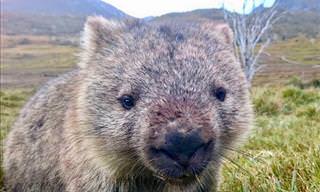
Australia Is Home to Some of the World’s Cutest Animals
Australia is home to most living marsupials, a family of mammals unlike any other on earth.
 7:24
7:24
Must Watch: The Invisible Miracles of Nature
This filmmaker takes you on an in-depth journey of the incredible expansive universes present in our universe.

Nature's Wonders: 14 Fascinating and Gorgeous Plants
These are some of the most interesting plants we have seen in a while.
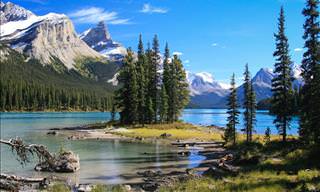
20 Jaw-Dropping Natural Landscapes That Grip Your Soul
It's impossible to put words to these glorious pictures. We just can't.

I Have Never Been This Moved by a Flower's Beauty
Nature is full of plenty of surprises, but none surpass the varied beauty of these wild flowers. Enjoy this series of gorgeous, delicate rare flowers to add some beauty to your day!
 8:25
8:25
The Most Intense Moment in Natural History...
This struggle between different groups of animals shows the harsh reality of living in the wild.
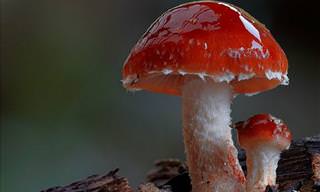
I Never Knew Mushrooms Could Be So Beautiful
Photographer Steve Axford captures some of the world's most fascinating mushrooms. Take a look.
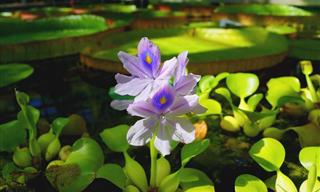
Proof that Aquatic Flowers Have No Match in Beauty
To honor the exotic beauty of aquatic flowers, we created a list of the 7 most breathtaking aquatic flowers in the world
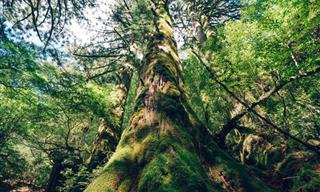
Travel To The Ancient Shiratani Unsuikyo Forest In Japan
Get your virtual nature getaway here with 10 magnificent photos of a forest in Japan that has tress over 1,000 years old!
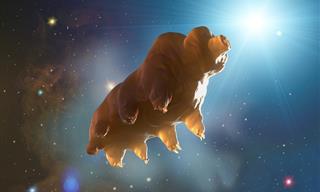 11:02
11:02
Immortal Animals: The Creatures That Can Live Forever
Plenty of creatures on planet Earth can live almost forever. Let's meet a few of them...
 8:33
8:33
Meet the Fanciest and Most Exotic Ducks in the World
Mandarin ducks, found in China and Japan, are widely regarded as the world's most beautiful ducks. Find out more about these rare birds.
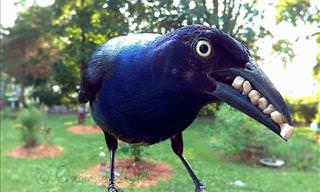
Woman Builds Photo Booth for Birds. The Result is Stunning
These stunning bird photos were captured from a photo booth in a yard.
 2:24
2:24
This Stunning Bird of Prey Video Will Leave You in Awe!
Be humbled by the extreme beauty of these birds of prey in their natural environment.
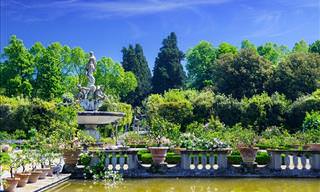
Italy Really is the Land of Magnificent Gardens!
Italy is a stunning country with an array of beautiful gardens that will simply astound you. Here are seven of them!
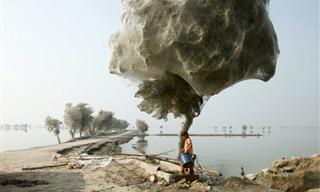
You Won’t Believe These Natural Peculiarities Really Exist
Let’s expand our knowledge of nature with these unbelievable photos showcasing some of the strangest, coolest and creepiest things in nature

The Most Beautiful Seashells From Around the World
Every collector and beach goer in the world need this information on different seashells that are found from coast to coast.

These Animals Found the Perfect Spot to Keep From Getting Wet
A stunning photo collection of animals seeking shelter from the rain.
 2:59
2:59
Watch This Smart Bird Save Its Babies From a Crocodile
Watch as this devoted dad tucks its chicks and keeps them safe when the big croc comes by to try and steal them away for his breakfast.
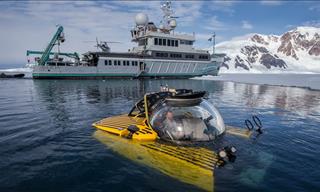 5:10
5:10
A Most Beautiful Exploration of the Ocean Floor
Dive far below the ocean, all the way to its bottom below the great frozen continent of Antarctica.

Who Knew Insects Were This Beautiful? You'll Be Surprised!
Who knew insects could be this beautiful? Take a look at these stunning photos.
 18:56
18:56
15 of the Most Gorgeous Snake Species Around the World
Snakes can be so fascinating and yet so beautiful. Take a look at some of the most gorgeous ones on our planet.
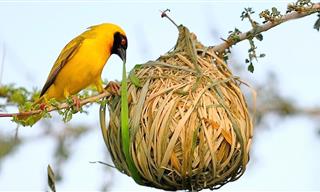 15:12
15:12
Meet the Most Amazing Architects of the Animal Kingdom
Take a look at some of the weirdest and most wonderful bird nests from the animal kingdom.

Collection: The World's Mightiest Mountains
Look through our biggest ever collection of incredible landscape photos of mountains from every corner of the Earth. Enjoy!

In Pictures: Royal Entomological Society Photo Contest
Check out the winners of the 2023 Royal Entomological Society photo contest.

Stunning Dogs in Their Natural Environments
These photos capture dogs amid Austrian wilderness. And the results are truly magical, capturing some enchanting portraits. Take a look for yourself.
 1:53
1:53
Meet Apollo, the Genius Record-Breaking Parrot
Meet Apollo, a smart parrot who made his way into the record books for his unique ability to identify objects.
To enable your Ad-Free Subscription, please fill the fields below
Your subscription was successful, now you can enjoy an ad-free experience!! Note: To make sure you get no ads, please make sure to log in to your account. If you are logged in already, then refresh the page. The subscription can be cancelled at any time.


